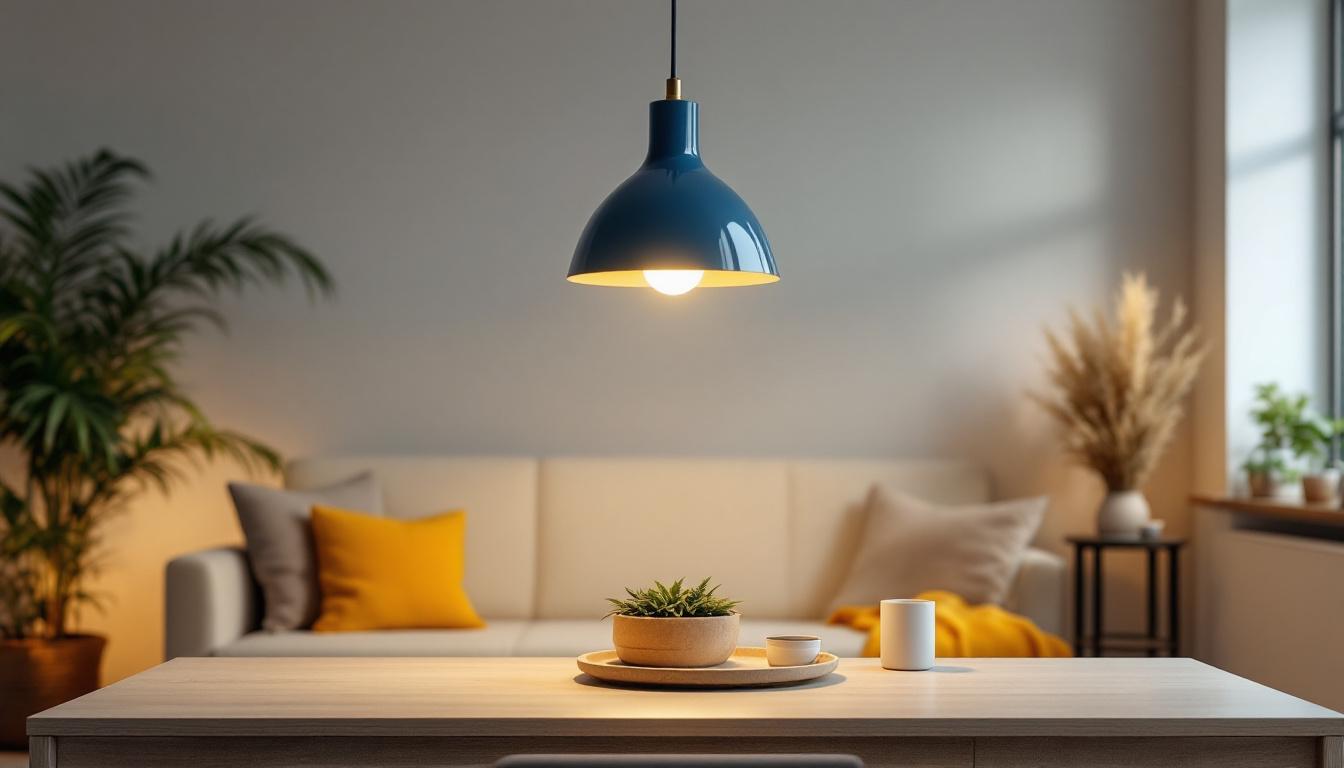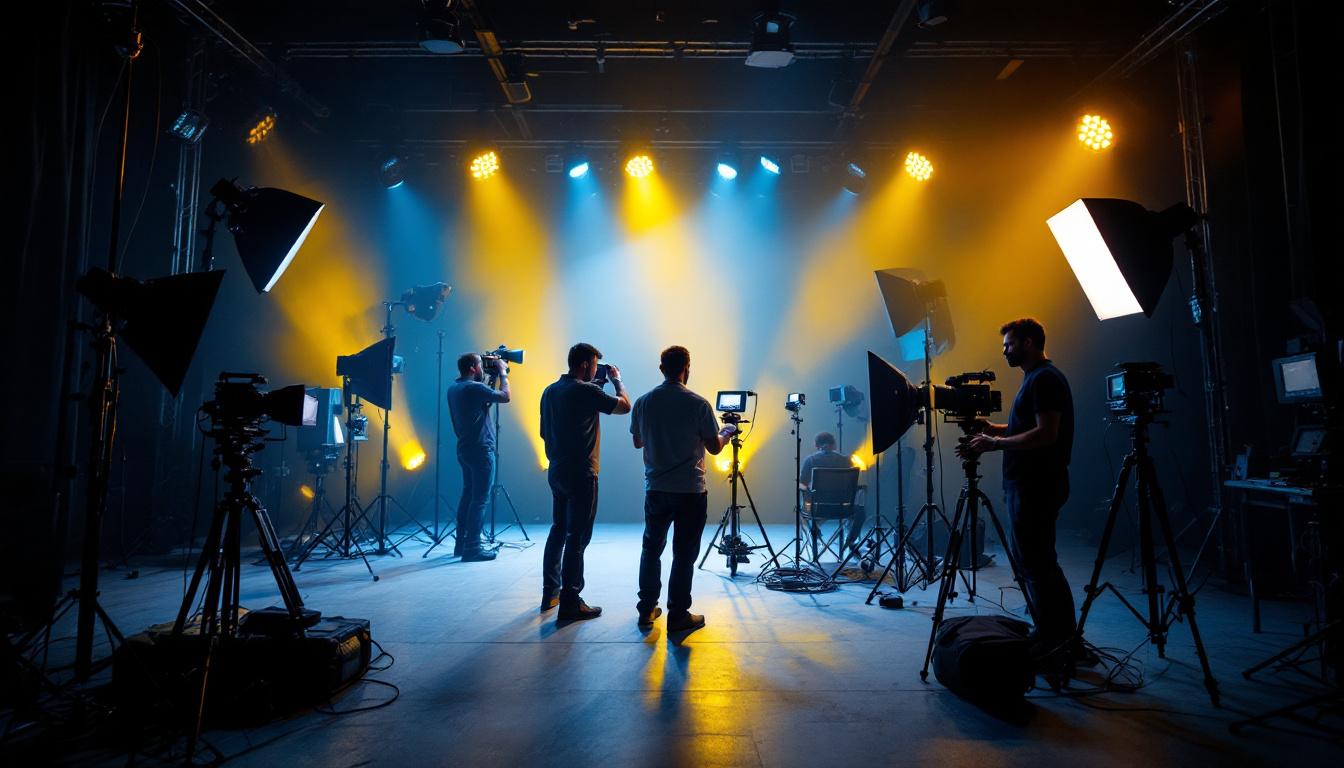
Exterior hanging light fixtures play a crucial role in enhancing the aesthetic appeal and functionality of outdoor spaces. For lighting contractors, understanding the various aspects of these fixtures is essential to provide clients with optimal solutions that meet their needs. This article delves into the key points that lighting contractors should consider when working with exterior hanging light fixtures.
Exterior hanging light fixtures are designed to be suspended from ceilings, overhangs, or pergolas, providing illumination while adding a decorative element to outdoor settings. These fixtures come in various styles, sizes, and materials, making them suitable for different architectural designs and landscaping themes. The right choice of lighting can transform an outdoor space, creating an inviting atmosphere for gatherings or a serene environment for relaxation.
There are several types of exterior hanging light fixtures available, each serving distinct purposes. Common types include pendant lights, lanterns, and chandeliers. Pendant lights are often used for focused illumination, while lanterns provide a more rustic or traditional look. Chandeliers, on the other hand, can add a touch of elegance to outdoor dining areas or patios. Additionally, some fixtures incorporate smart technology, allowing homeowners to control the lighting remotely or set timers for automatic operation, enhancing both convenience and energy efficiency.
When selecting fixtures, contractors should consider the style and function. For instance, a modern pendant light may be ideal for a contemporary home, while a vintage lantern might suit a more traditional setting. Understanding the client’s vision is key to making the right choice. Furthermore, the height at which the fixtures are hung plays a crucial role in achieving the desired ambiance; lower-hanging lights can create intimacy, while higher placements can provide broader illumination for larger spaces.
The materials used in exterior hanging light fixtures significantly impact their durability and maintenance. Common materials include metal, glass, and plastic. Metal fixtures, such as those made from stainless steel or aluminum, offer strength and resistance to corrosion, making them suitable for various weather conditions. These materials can also be treated with finishes that enhance their resistance to rust and fading, ensuring they maintain their aesthetic appeal over time.
Glass fixtures can provide a sophisticated look but may require more maintenance to keep them clean and free from damage. Options like frosted or textured glass can help conceal fingerprints and dirt, making them easier to maintain. Plastic fixtures are lightweight and often more affordable, but they may not withstand harsh conditions as effectively as metal or glass options. Contractors should assess the local climate and advise clients accordingly on the best materials for their specific needs. Additionally, considering energy-efficient lighting options, such as LED bulbs, can further enhance the longevity and sustainability of these fixtures, making them a smart choice for eco-conscious homeowners.
Proper installation of exterior hanging light fixtures is vital for both safety and functionality. Lighting contractors must adhere to local building codes and regulations, ensuring that all electrical work is performed safely and correctly. This not only protects the integrity of the installation but also safeguards the homeowners and their guests from potential hazards associated with improper electrical work.
The height at which fixtures are installed can greatly affect their performance. Generally, hanging lights should be positioned at a height that allows for adequate illumination while avoiding obstruction. For example, in outdoor dining areas, fixtures should be hung low enough to provide light without interfering with diners’ sightlines. This thoughtful placement can enhance the dining experience, creating a warm and inviting atmosphere that encourages guests to linger longer.
Additionally, the placement of fixtures should consider the surrounding landscape and architectural features. Lighting contractors should aim for a balanced distribution of light, avoiding overly bright or dark areas. This can enhance the overall ambiance of the outdoor space. Incorporating a mix of lighting types, such as accent lights to highlight landscaping or pathway lights to guide guests, can create a layered lighting effect that adds depth and interest to the environment.
Wiring for exterior hanging light fixtures should be installed with care, ensuring that all connections are secure and weatherproof. Using outdoor-rated wiring and fixtures is essential to prevent electrical hazards. Contractors should also consider incorporating dimmer switches or smart lighting controls, allowing clients to adjust the brightness according to their preferences. Such features not only enhance usability but also contribute to energy efficiency, allowing homeowners to reduce their electricity consumption when full brightness is not necessary.
Moreover, it’s important to ensure that the electrical supply can handle the load of the fixtures being installed. This may involve consulting with an electrician to verify that the existing wiring is adequate or to upgrade the system as needed. Additionally, contractors should educate clients on the benefits of energy-efficient LED bulbs, which can significantly lower energy costs and have a longer lifespan compared to traditional incandescent bulbs. By choosing the right lighting solutions, homeowners can enjoy beautiful outdoor spaces that are both functional and eco-friendly.
In today’s environmentally conscious market, energy efficiency and sustainability are paramount. Lighting contractors should be knowledgeable about energy-efficient options available for exterior hanging light fixtures. This not only benefits the environment but can also save clients money on their energy bills.
LED lights are an excellent choice for exterior hanging fixtures due to their longevity and energy efficiency. Unlike traditional incandescent bulbs, which consume more energy and have shorter lifespans, LED bulbs can last up to 25 times longer while using significantly less power. This makes them a cost-effective option in the long run.
Furthermore, many LED options are available in various color temperatures, allowing contractors to help clients achieve the desired ambiance. Whether a warm glow for a cozy outdoor gathering or a cooler tone for a modern aesthetic, LED lighting can cater to diverse preferences.
Another sustainable option is solar-powered exterior hanging light fixtures. These fixtures harness solar energy during the day and provide illumination at night without relying on traditional electricity. They are particularly beneficial in areas where electrical access may be limited or where clients seek to reduce their carbon footprint.
While solar fixtures have come a long way in terms of design and functionality, contractors should educate clients on their limitations, such as potential performance issues during cloudy or rainy days. A well-informed client will appreciate the benefits and drawbacks of solar lighting, allowing for more informed decisions.
Staying updated on design trends is vital for lighting contractors, as clients often seek fixtures that align with current styles. Understanding these trends can help contractors make recommendations that enhance the overall appeal of outdoor spaces.
One of the prevailing trends in exterior lighting is the mixing of styles and textures. Combining modern fixtures with rustic elements can create a visually appealing contrast that adds character to outdoor spaces. For instance, pairing sleek metal pendant lights with wooden beams or stone walls can create a harmonious blend of contemporary and traditional aesthetics.
Contractors should encourage clients to think outside the box and explore unique combinations that reflect their personal style. This approach can result in a more customized and engaging outdoor environment.
Smart lighting technology has gained popularity in recent years, allowing homeowners to control their exterior lighting remotely. This can include features such as scheduling, dimming, and color changes via smartphone apps or voice commands. Incorporating smart lighting solutions into exterior hanging fixtures can enhance convenience and security for clients.
Contractors should consider offering these advanced options to clients, as they not only improve functionality but also appeal to tech-savvy homeowners looking for modern solutions.
Proper maintenance is essential to ensure the longevity and performance of exterior hanging light fixtures. Lighting contractors should provide clients with guidance on how to care for their fixtures, helping to prevent issues that may arise over time.
Exterior fixtures are exposed to the elements, making them susceptible to dirt, dust, and grime accumulation. Regular cleaning is necessary to maintain their appearance and functionality. Contractors should recommend specific cleaning methods based on the materials of the fixtures, ensuring that clients use appropriate products that won’t cause damage.
For instance, glass fixtures may require a gentle glass cleaner, while metal fixtures may benefit from a mixture of soap and water. Providing clients with a maintenance schedule can help them stay on top of cleaning tasks, ensuring their fixtures remain in optimal condition.
In addition to regular cleaning, periodic inspections of exterior hanging light fixtures are essential. Contractors should advise clients to check for signs of wear, such as frayed wiring, rust, or cracked glass. Addressing these issues promptly can prevent more significant problems down the line.
If repairs are needed, contractors should be prepared to assist clients in finding suitable replacement parts or recommend professional services for more extensive repairs. This level of support can enhance client satisfaction and foster long-term relationships.
Exterior hanging light fixtures are an integral part of outdoor design, providing both illumination and aesthetic appeal. For lighting contractors, understanding the various aspects of these fixtures—from types and materials to installation and maintenance—can significantly impact the quality of service provided to clients.
By staying informed about energy-efficient options, design trends, and proper care, contractors can offer valuable insights that enhance the outdoor experience for homeowners. Ultimately, a well-executed lighting plan can transform outdoor spaces, making them more functional, beautiful, and inviting.
Ready to elevate your outdoor lighting projects with the finest exterior hanging light fixtures? Look no further than LumenWholesale, where we provide lighting contractors with spec-grade lighting products at unbeatable wholesale prices. Our extensive selection is designed to meet the highest industry standards, ensuring you deliver reliable and high-performance lighting to every client. With free shipping on bulk orders, you can enjoy premium lighting solutions at the best value — all without hidden fees or compromises. Enhance your outdoor designs today and experience the best in wholesale lighting with LumenWholesale.

Discover how the 24 Pendant Light can transform your lighting projects and help you secure more contracts.

Explore the essential guide to cinema lighting with “Cinema Lights: Demystified.” Uncover key insights and practical tips that every lighting contractor needs to master the art of illuminating the silver screen..

Discover the essential guide to decorative can light covers tailored for lighting contractors.

Discover the transformative power of Uvo lights in this comprehensive guide.